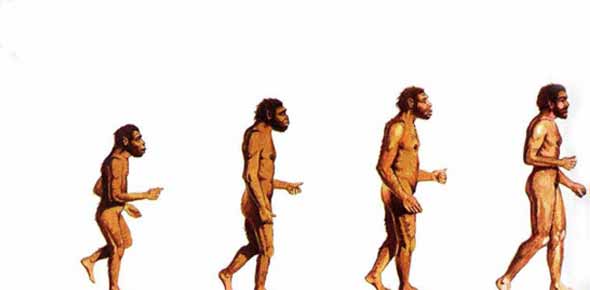Which anthropoids are the old world?
CHAPTER 8Which of these is NOT a geological time period?
What is the modern approach to primate taxonomy?
Gibbons and Siamangs are:
True or Wrong?The miocene fossils were found in Europe, Africa, and...
True or Wrong?Mosiac Evolution is the theory that different...
Remember this:African Hominoids = ProconsulEuropean Hominoids =...
Where were the first definite hominid fossils found?
What is the traditional approach to primate taxonomy?
True or Wrong?Humans use an "Open" system of language, and Apes use a...
What are the three families of Hominoids?(Choose three)
What species do humans belong to?
Which anthropoids are the new world?
Which ape is solitary, arboreal, and Indonesian?
True or Wrong?The Kanzi chimpanzees make sharp stone flakes
Why has the theory that apes use a "Closed" system of communication...
Which APE uses tools?
Apes and Humans are:
True or Wrong?Evolutionary Continuum is the basis of Animal Research
List the four levels of primate evolution in order
Which of these apes are from Africa, walks on knuckles, and...
Prosimians and Anthropoids are both:
What are the two divisions of primates?
Which perspective studies the relationship between behavior,...
Which ape is from equitorial Africa, and eats a variety of foods?
Which time period was 65 million years ago?
________ have nostrils out, _________ have nostrils down, and ________...
What causes Social Structures among primates?
What two long words describe the Fayum?
Where are new world monkeys from?
True or Wrong?Gorilla experiments were done with Chantek, and...
What are two things that can influence Social Structures?
Which time period included HOMINOID radiation?
Where are most of a Social Structure's resources?
Behavior is the result of conscious decision making.
True or Wrong?Early hominid species exploited LARGE areas.
How many New World Monkeys have prehensile tails?
What are the two ways that primates' behaviors can be learned?
Which time period had the Fayum Fossils, ANTHROPOID radiation, and...
When did Hominoids probably diverge?
Which has more complex behavior?
Which of these is NOT an example of how chimpanzees use tools?
True or Wrong?Humans' and Apes' have functionally different...
Where are large communities advantageous?
CHAPTER 7What are the two different perspectives on primate...
Which of these is NOT a great ape?
What does Arboreal mean?
Which of these time periods included PROSIMIAN radiation?
What family do humans belong to?
In which of these time periods were North America and Europe...
Sexual Dimorphism!
Which human characteristics did NOT come from apes?(Choose three)
CHAPTER 6Which of these are Prehensile? (and Grettle)
What solves Major Adaptive Problems?
Which of these human characteristics are of primate heritage?(Choose...
What are the two types of group behaviors in Social Structures?(Choose...
Which of these time periods included MAMMAL radiation?
Hello.Which of these are ways that evolution influences senses?
Which of these are characteristics of Lesser Apes?
Which of these are included in Catarrhini (Old World Monkeys)?
















